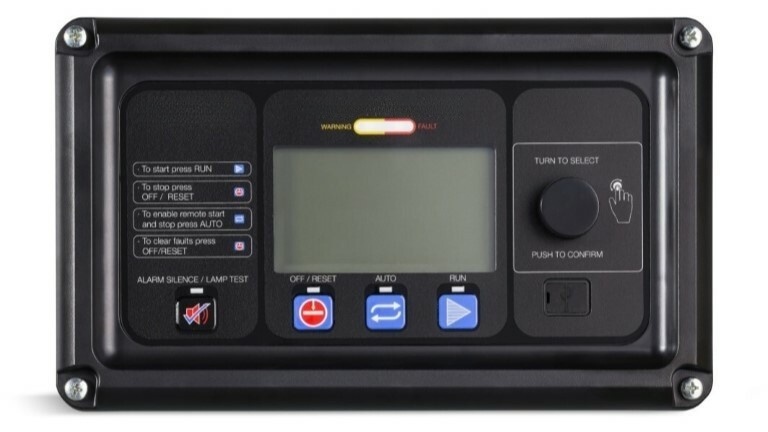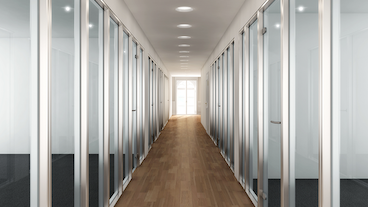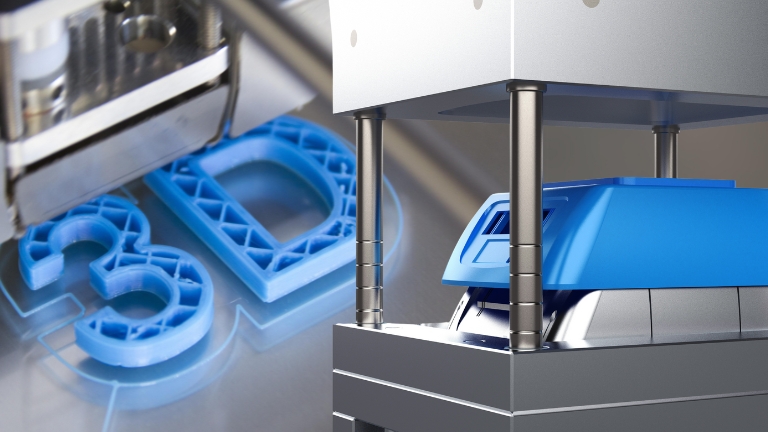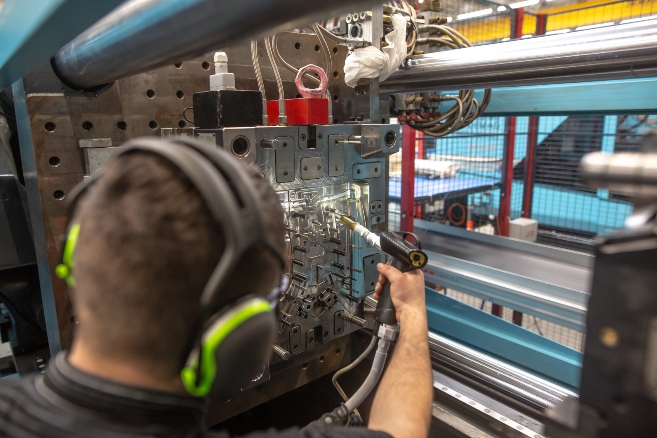Thermoset plastics forming
Elevate your production with superior thermoset plastic solutions.
The power of thermoset plastics: unmatched resilience, strength, and endurance
Pivotal plastics across many industries
In the ever-evolving landscape of manufacturing, choosing the right materials and processes is pivotal to achieving excellence. Thermoset plastics offer manufacturers unparalleled advantages in creating durable, heat-resistant, and dimensionally stable products. For these reasons they are the preferred choice across a myriad of industries - from automotive and aerospace to construction, medical, military, and agriculture sectors.
Nelson Miller Group's customers have enjoyed the outsourced manufacturing of their thermoset plastic parts by relying on our end-to-end solutions and skilled partners.
Why choose thermoset plastics?
- Enduring strength. Thermoset plastics undergo a curing process, resulting in a robust three-dimensional network of covalent bonds resulting in unparalleled mechanical strength.
- Heat resistance. Thermoset plastics thrive in high-temperature environments, resisting deformation and maintaining structural integrity.
- Versatility. Thermoset plastics are adaptable to diverse shapes and sizes, catering to a wide range of applications and requirements.
Thermoset plastics versus thermoplastics
In the diverse world of plastics, there are two primary groups: thermoset and thermoplastic. The crucial distinction lies in the permanence of thermosetting plastic products which remain unyielding after shaping. This differs from thermoplastics, which, following its initial heat-forming, retain the ability to be remelted and reshaped. Thermosets, however, cannot be remolded after their initial forming, showcasing their enduring strength and quality.
How are thermoset plastics created?
Thermoset plastics are formed through a process where a liquid resin, typically composed of monomers or pre-polymers, undergoes a chemical reaction creating crosslinks. Curing agents are added to facilitate this reaction. The resin-curing agent mixture is placed in a mold, heated to trigger curing, forming a rigid polymer with a three-dimensional network of bonds. Once cured, the material is unalterable and retains its shape upon cooling. Various thermosetting resins like epoxy, polyester, and phenolic offer versatility, allowing tailored choices for specific applications across industries.
The following are the two main processes to manufacture thermoset plastics:
- Resin transfer molding (RTM). In RTM, liquid resin is injected into a closed mold containing reinforcing materials (such as fiberglass mat or cloth). It is typically suitable for producing large and complex parts with a smooth finish.
- Reaction injection molding (RIM). RIM involves the mixing of two liquid components (polyol and isocyanate) under high pressure, leading to a chemical reaction that forms a thermosetting polymer. Ideal for large, lightweight parts with complex geometries, offering high strength-to-weight ratios.
The molding process: transforming ideas into durable thermoset plastics
In the dynamic world of plastic manufacturing, the demand for cutting-edge solutions has never been more pronounced. At NMG, we employ state-of-the-art techniques such as compression molding, transfer molding, and injection molding to bring your concepts into life.
Compression molding
Seamlessly melding durability and precision, compression molding is a technique that involves placing a pre-measured amount of molding material into a mold cavity and then compressing it under immense pressure and heat. The result is impeccable, high-strength thermoset plastic products.
- Advantages. Intricate designs and complex shapes without compromising structural integrity
- Materials. Phenolic resins and melamine formaldehyde
- Applications.
- Automotive components including brake pads, engine mounts, and electrical insulation parts
- Electrical insulators including transformers, switchgear, and circuit breakers
- Aerospace components including interior panels, insulating materials, and structural elements

Transfer molding

Transfer molding is a technique that combines innovation with efficiency. This process involves placing the molding material into a chamber, where it is then forced into the mold cavity by a plunger or screw mechanism. Transfer molding is a process that boasts cost-effectiveness and enhanced productivity.
- Advantages. Reduced waste, shorter cycle times, and superior consistency
- Materials. Silicone rubber
- Applications.
- Electronic connectors including small, intricate parts like connectors and insulators
- Medical devices including catheters, syringe components, and seals
- Consumer goods including handles, buttons, and intricate parts for appliances
Injection molding
Injection molding is a technique that involves injecting molten thermoset plastic into a meticulously designed mold under high pressure, resulting in intricately detailed products with unparalleled accuracy.
- Advantages. Large quantities of components with minimal variation, to create lightweight, durable and intricately detailed products.
- Materials. Liquid silicone rubber (LSR)
- Applications.
- Packaging including caps, closures, and containers
- Automotive interior components including dashboard panels, door trims, and armrests
- Medical equipment including durable and dimensionally stable housings for medical equipment with complex geometries

Comparing molding methods
| Injection molding | Transfer molding | Compression molding | |
| Material used | Thermoplastics (e.g., ABS, PC) and some specialty thermosets (e.g., Liquid Silicone Rubber for LSR) | Thermosetting plastics (e.g., phenolic resins, melamine formaldehyde) and elastomers (e.g., silicone rubber) | Thermosetting plastics (e.g., phenolic resins, epoxy) and composite materials |
| Process | Molten plastic is injected into a mold under high pressure and then cools and solidifies | Pre-measured material is placed in a chamber, forced into the mold cavity under pressure, and then cured | Pre-measured material is placed in an open mold, compressed under pressure, and heated to initiate curing |
| Curing mechanism | No curing | Curing occurs under heat and pressure after material transfer into the mold cavity | Curing is initiated by heat and pressure during the compression process |
| Cycle time | Generally shorter cycle times compared to transfer and compression molding | Moderate cycle times; longer than injection molding | Longer cycle times caused by curing |
| Suitability for complex parts | Suitable for complex and intricate designs | Moderate complexity; less intricate than injection molding | Limited suitability for intricate designs; better for simpler geometries |
| Waste generation | Low waste generation; excess material can often be recycled | Moderate waste generation due to material transfer | Moderate waste generation; excess material can be more challenging to recycle |
| Applications | Widely used in various industries, including automotive, consumer goods, and packaging | Common in electronics, medical devices, and some consumer goods | Commonly used for automotive components, electrical insulators, and aerospace parts |
Ready to start a project today?
Case studies
See real-world examples of how NMG has helped customers across the full spectrum of the supply chain, from design to delivery.
Read our blog!
Access industry updates, helpful how-tos, engaging infographics, and other resources for engineers and supply chain professionals on the NMG Blog.
Get in touch!
We can’t wait to create winning solutions with you.
For general inquiries, please fill out this form and our team will be in touch shortly.




